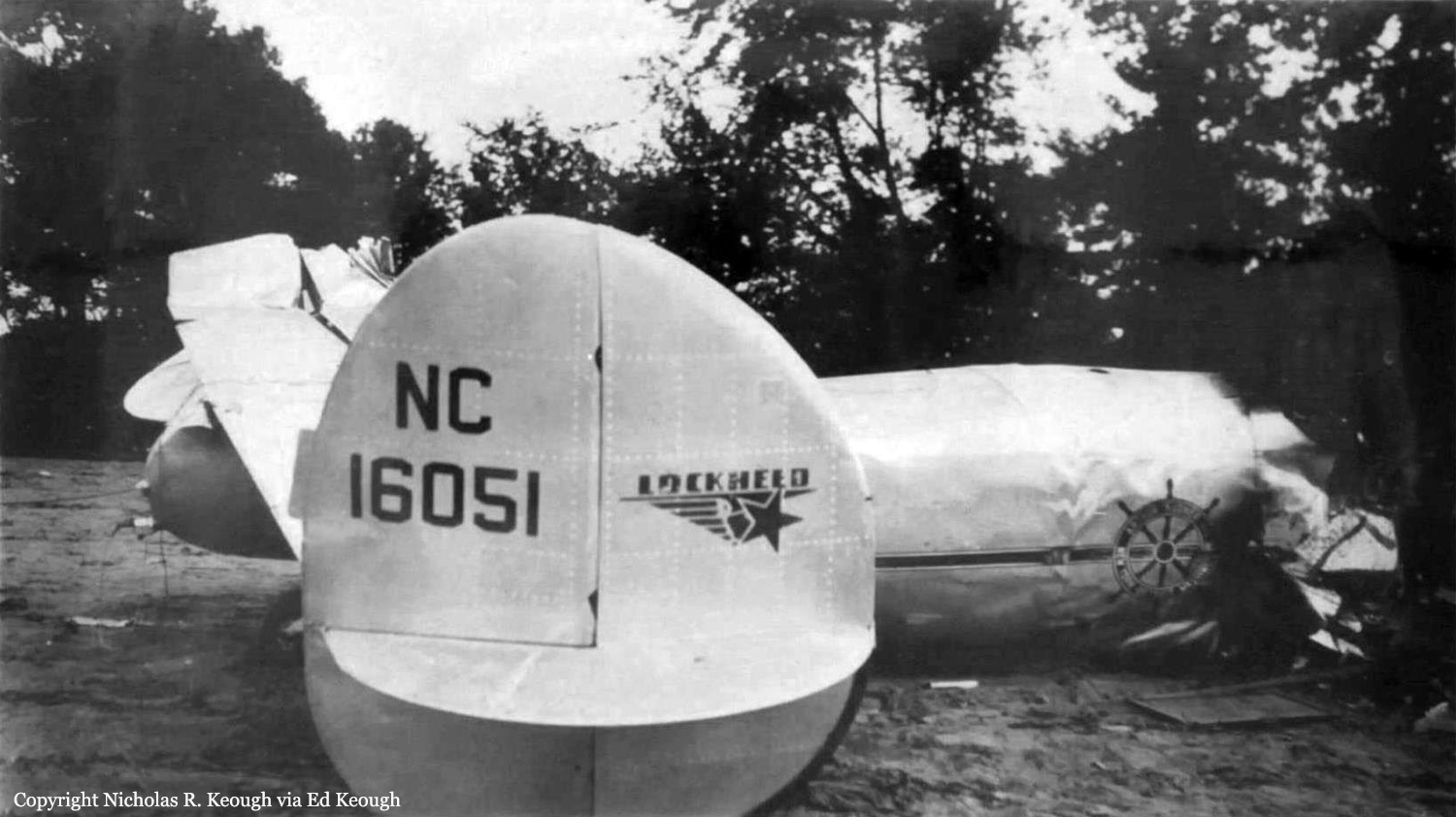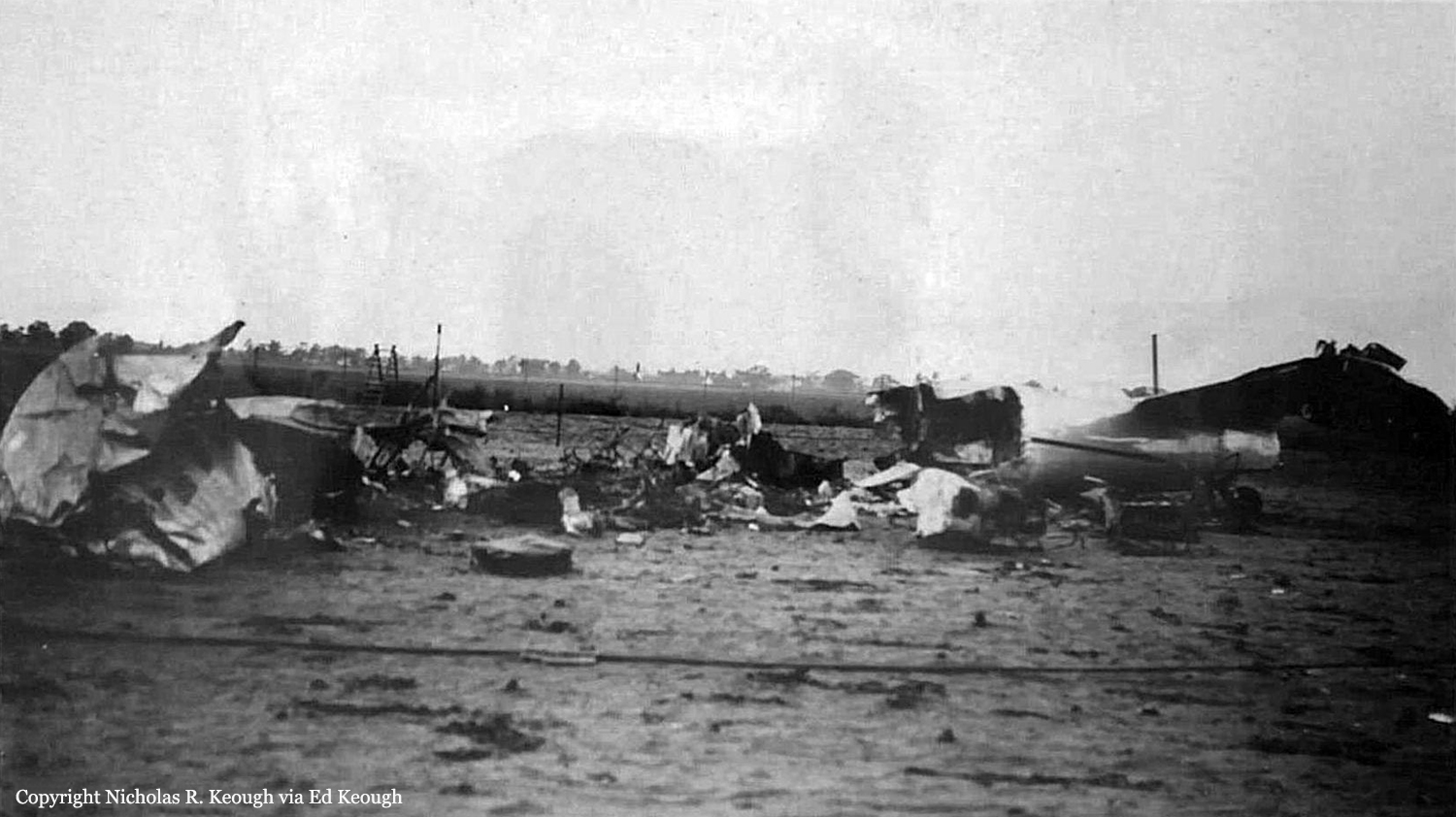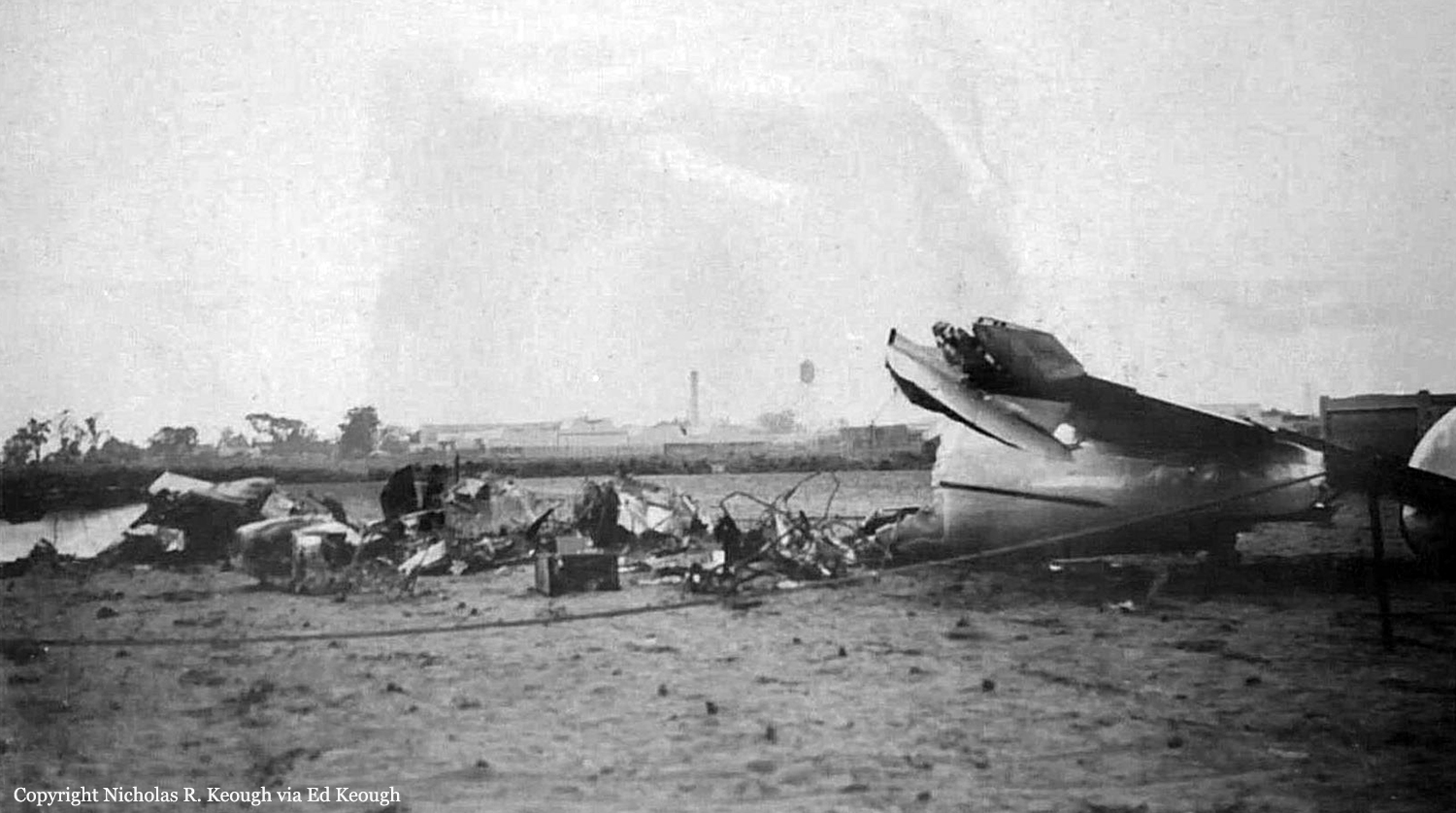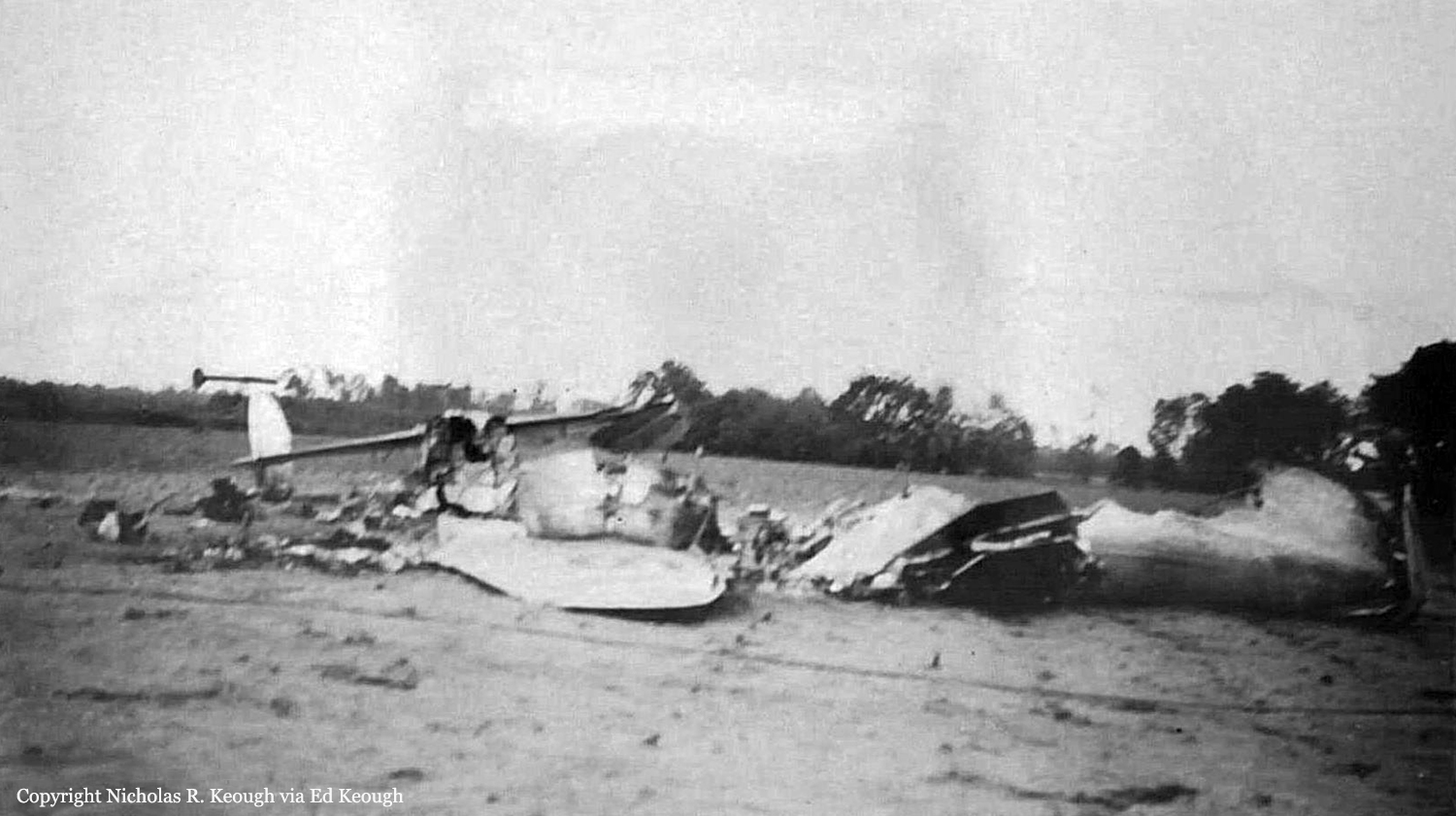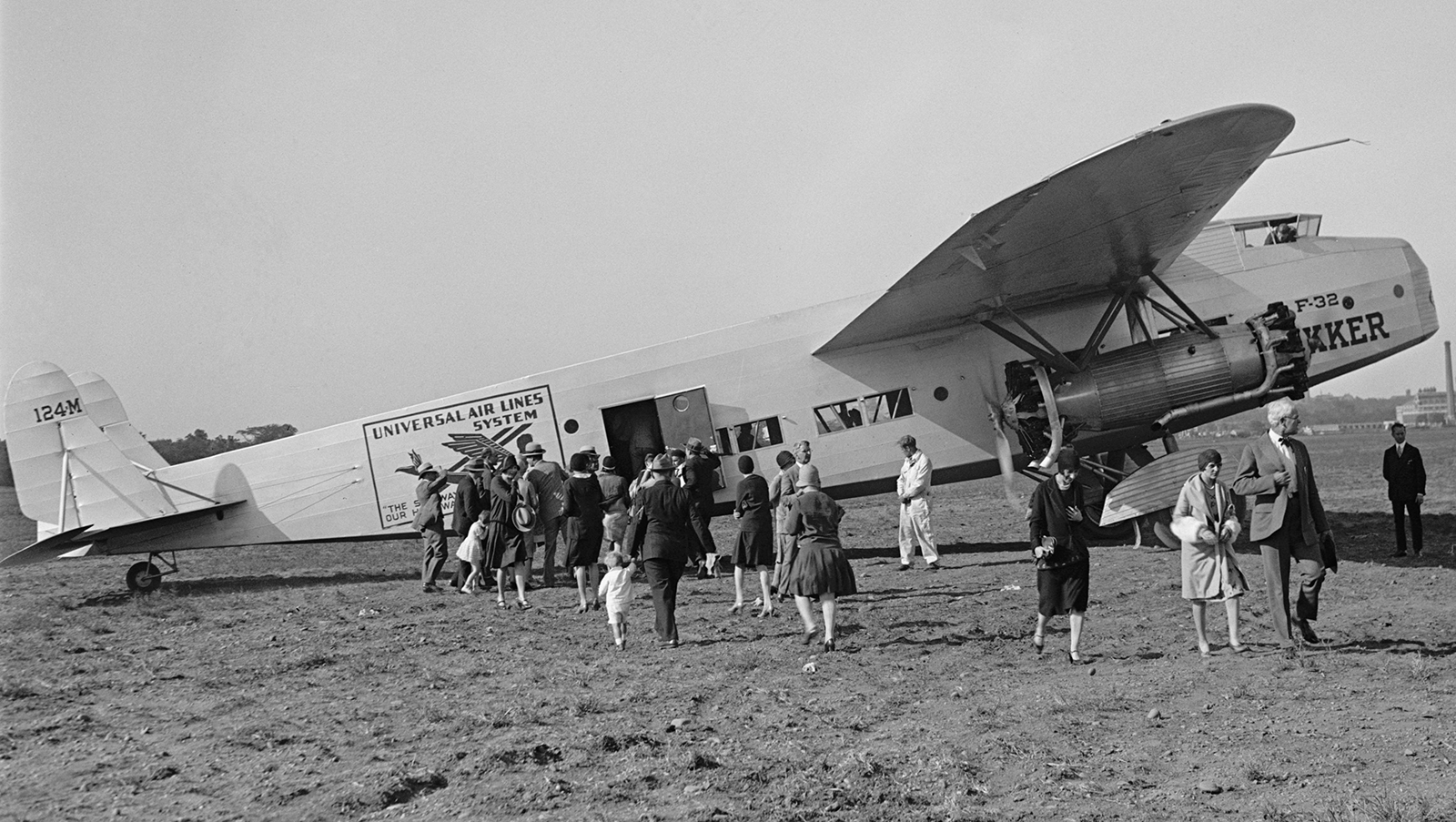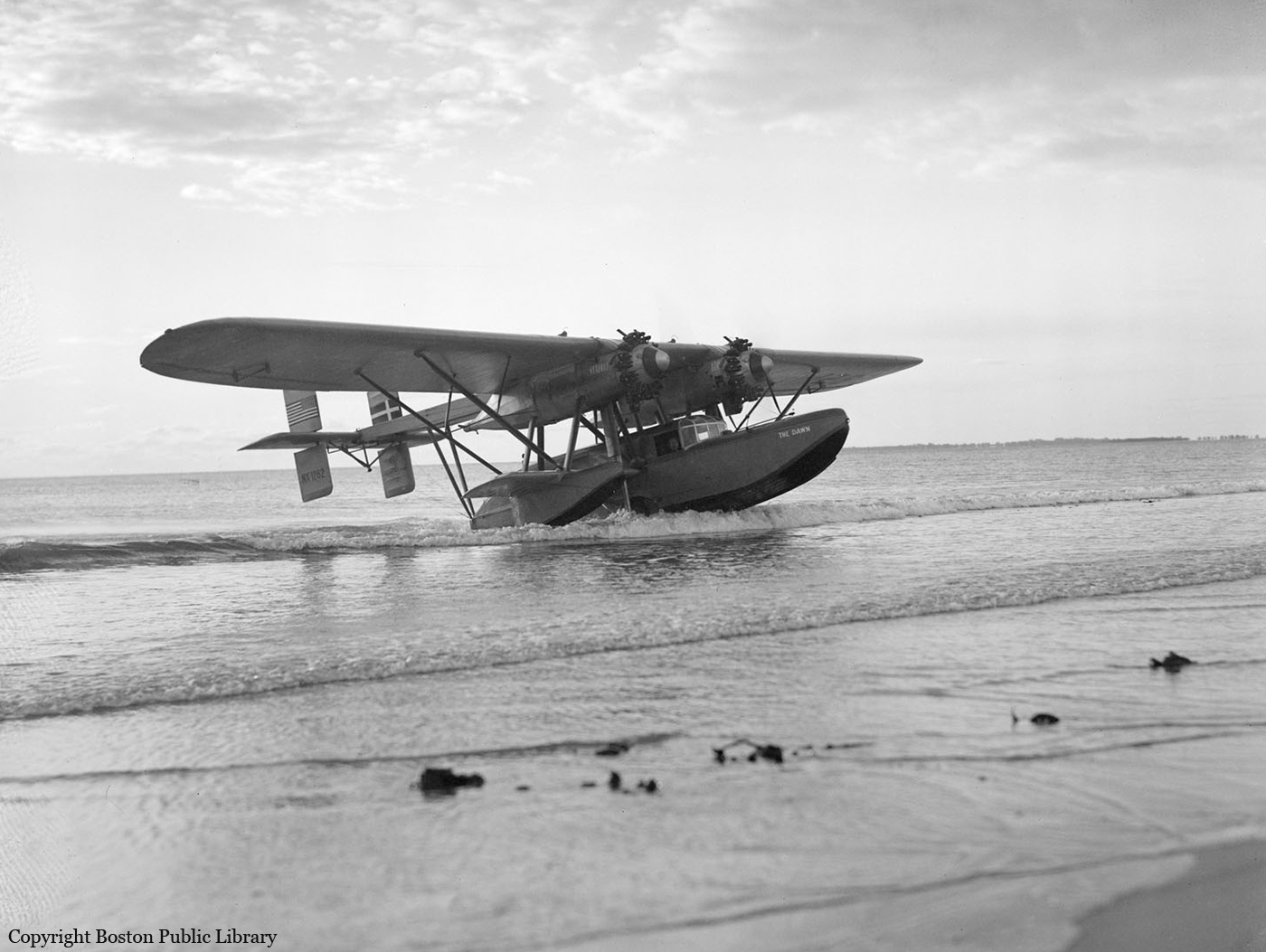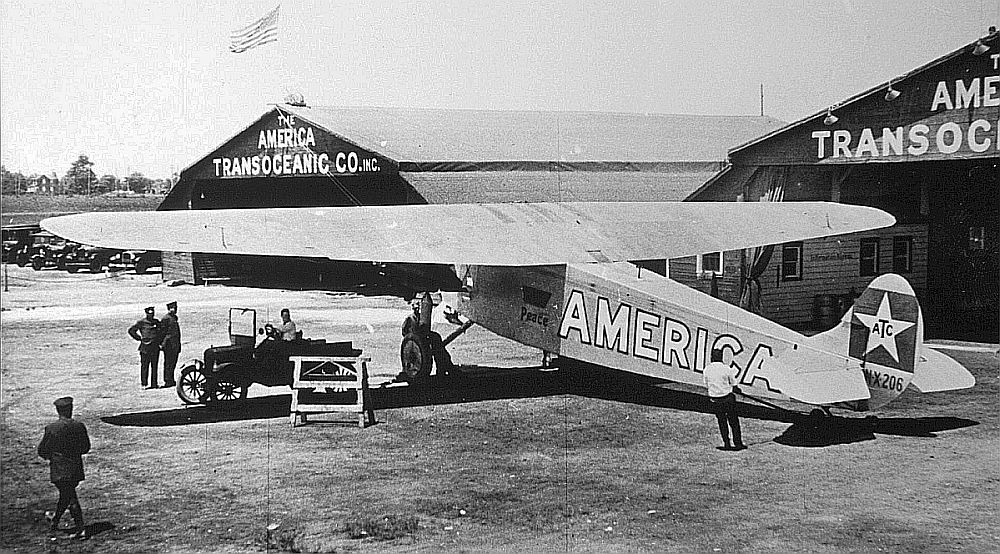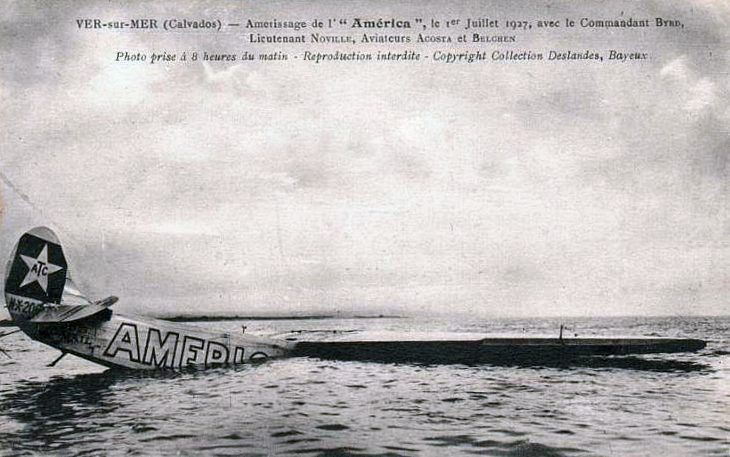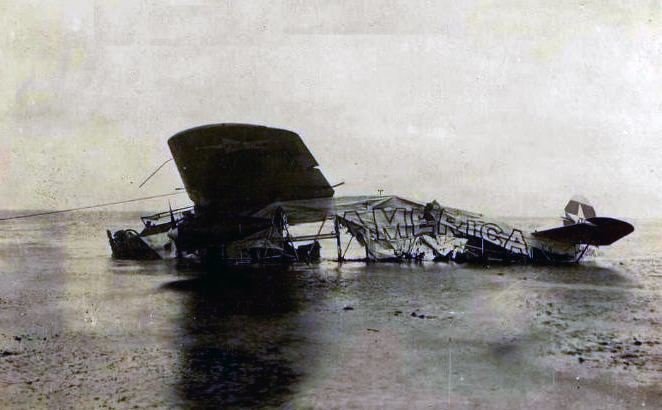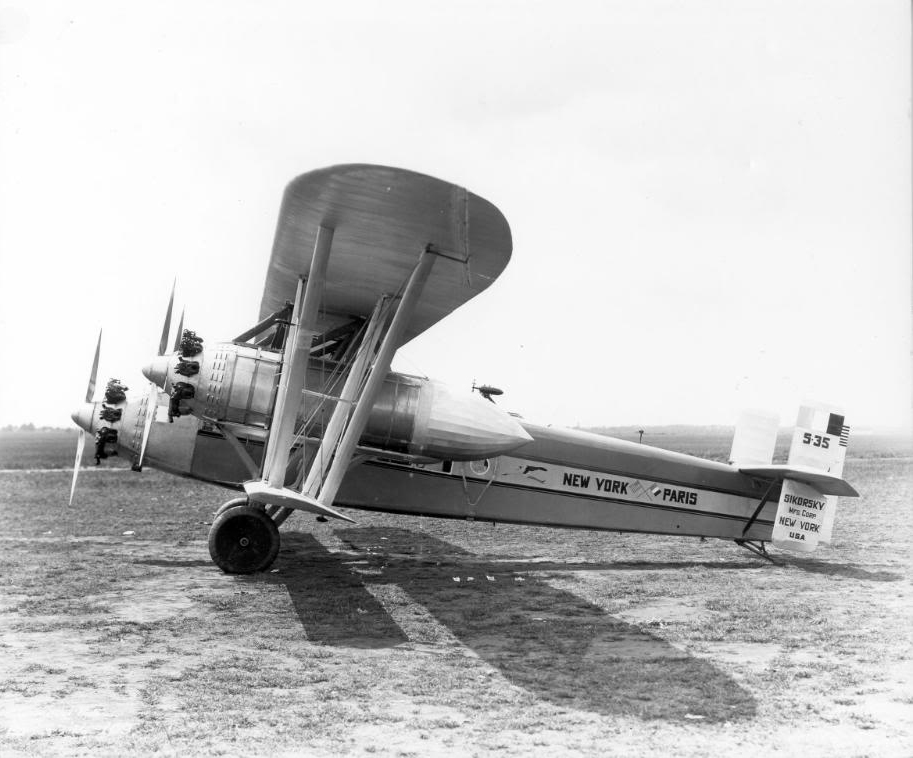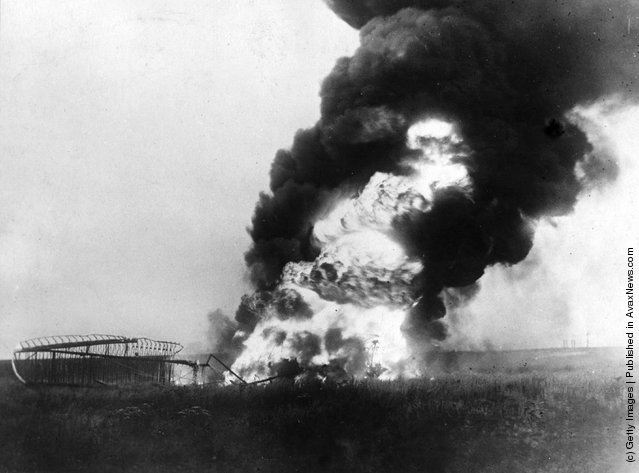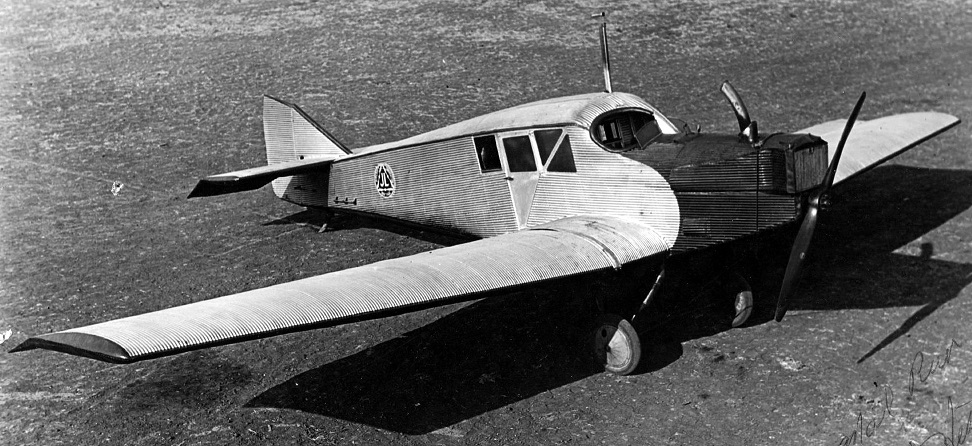Crash of a Lockheed 10A Electra in Hartford: 2 killed
Date & Time:
Aug 15, 1939 at 1615 LT
Registration:
NC16051
Survivors:
Yes
Schedule:
Hartford – Roosevelt Field
MSN:
1062
YOM:
1936
Crew on board:
2
Crew fatalities:
Pax on board:
3
Pax fatalities:
Other fatalities:
Total fatalities:
2
Circumstances:
Shortly after takeoff from Hartford-Rentschler Airfield, the airplane lost height and crashed. Two passengers were killed while three others were seriously injured. The aircraft was totally destroyed upon impact.
Crew:
Wynn Bradford, pilot,
Eli Abramson, copilot.
Passengers:
Michael Madrazo, †
Joseph Kransky, †
George Daulfkirsch.
Crew:
Wynn Bradford, pilot,
Eli Abramson, copilot.
Passengers:
Michael Madrazo, †
Joseph Kransky, †
George Daulfkirsch.
Probable cause:
Loss of control following an engine failure during initial climb.
